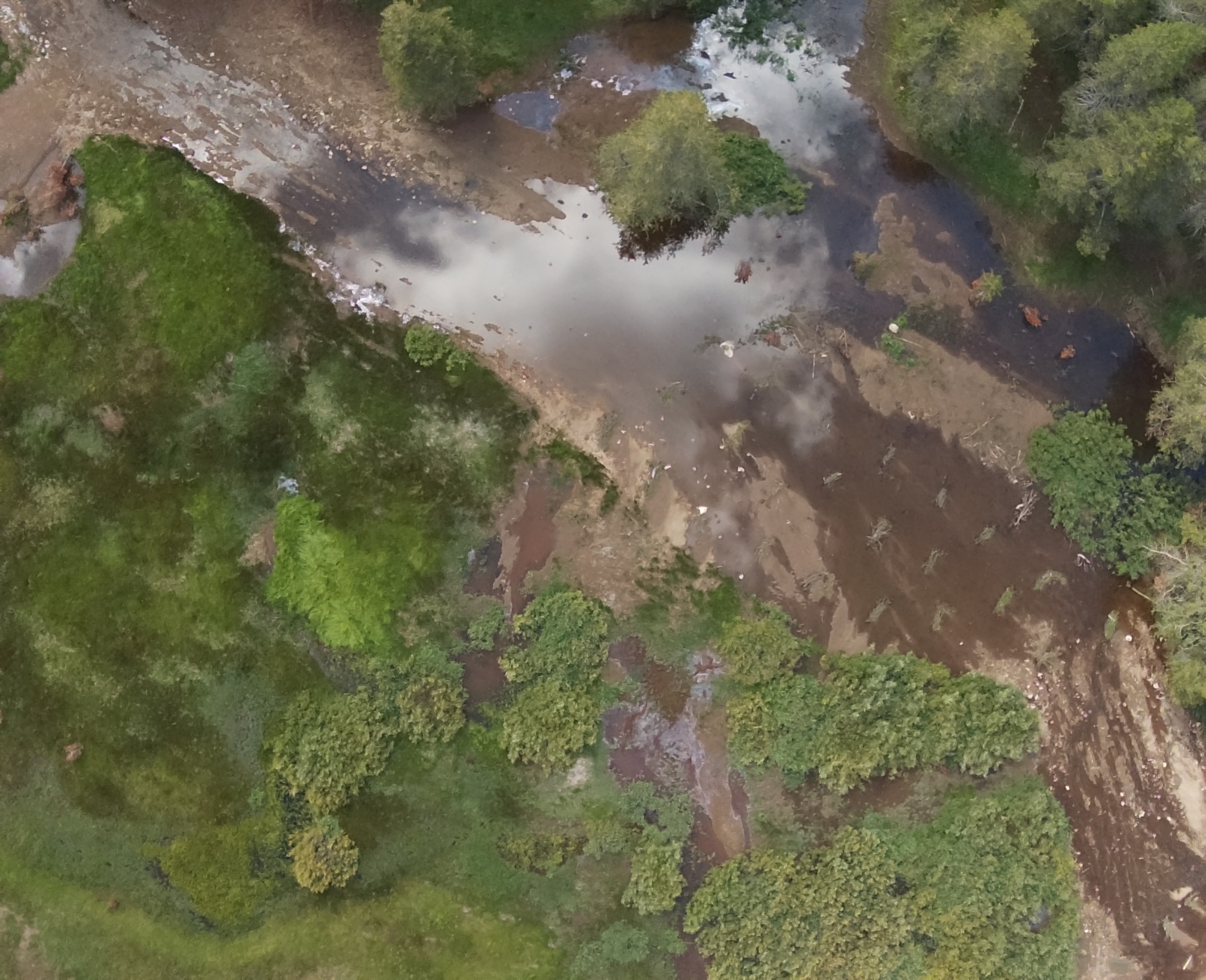Upper Long Bar Restoration Pre-Project Monitoring has wrapped up
In late 2021, SYRCL was awarded a grant from the Wildlife Conservation Board to begin planning, permitting, and collecting base-line data for a salmonid rearing habitat restoration project at Upper Long Bar on the lower Yuba River. The team for this project is made up of Cramer Fish Sciences, cbec eco engineering, Silica Resources Inc., Yuba Water Agency, and it is being led by SYRCL. These are the same partners who worked together to implement the Lower Long Bar and Rose Bar projects.
The Upper Long Bar Habitat Restoration Project’s goal is to improve the productivity, complexity, and diversity of anadromous salmonid rearing habitat within the Upper Long Bar area. These actions prioritize increased quantity and quality of juvenile Chinook salmon (Oncorhynchus tshawytscha) and steelhead (Oncorhynchus mykiss) rearing and over-summer habitat.
Pre-project monitoring was conducted from January 2022 through December 2023 giving us two full field seasons of data.

Current conditions at the site provide limited habitat for juvenile salmonids.
The site has a remnant side channel that is connected to the main channel only under high flow conditions (i.e., above 20,000 cubic feet per second). Downstream portions of the side channel inundate at flows of 6,600 cfs and disconnected pools remain when flows drop. Biological monitoring was conducted in existing main channel edge habitats as well as in disconnected pools in the downstream portion of the side channel under critically dry water conditions in 2022 and in alcove habitats in the upstream and downstream ends of the side channel under wet conditions in 2023.
Over the pre-project monitoring period, temperature loggers within off-channel habitat at the Project site did not record water temperatures considered stressful for juvenile salmonids, even under hot, dry conditions in 2022. In contrast, under wetter conditions in 2023, water temperatures did not reach optimal thermal ranges for juvenile salmonids until late summer. These results suggest spring rearing conditions at the site could be enhanced, particularly during normal to high flow years.

Snorkel surveys were conducted in tandem with macroinvertebrate sampling. In 2022, juvenile salmonids were observed at higher densities in the main channel, likely due in part to limited accessibility of off channel pools. Conversely, juvenile densities in 2023 were higher in off channel alcoves, particularly in later months (May for Chinook salmon and September for O. mykiss). This observation suggests that, when available, juvenile salmon prefer the kinds of off-channel habitat this project will construct.
All pre-project biological monitoring points to the fact that existing conditions at the Upper Long Bar Restoration Project site provide limited habitat for juvenile salmonids.

Restoration Goals
SYRCL is actively seeking funding for restoration implementation anticipated for Summer 2025. The Upper Long Bar Habitat Restoration Project goal is to improve the productivity, complexity, and diversity of anadromous salmonid rearing habitat within the Upper Long Bar project area for Chinook salmon and O. mykiss.
Specific Project goals include:
- Creating diverse salmonid rearing habitats (e.g., flood runner, alcove, enhanced main channel edge) that promote survivorship during the summer/fall and growth in the winter/spring to support diverse runs and life history strategies.
- Increasing inundation frequency and duration during winter/spring to support primary and secondary productivity and food availability while maximizing food conversion efficiency and juvenile salmonid growth.
- Support optimal water temperature conditions for juvenile salmonids during spring rearing season and limit warming in enhanced features during the summer to provide thermal refugia and discourage the suitability of these features for non-native predators or competitors.
After the Project is implemented, enhanced habitats will inundate more frequently. The site will be modified to create seasonally inundated flood runner channels, alcove channels, and enhanced main channel edge habitat. Roughness features will be constructed to strategically enhance sediment deposition and natural vegetation recruitment and to minimize deposition at connections between off channel habitats and the main channel. The shallow off-channel habitats will increase primary and secondary productivity relative to the main channel, provide increased structural complexity in the form of riparian vegetation, and limit warming in off channel habitat features to minimize habitat suitability for nonnative fish species.
Enhancement efforts will aim to increase the system’s carrying capacity by improving quantity and quality of available habitat. Enhancements which support the “stream-type” life history strategy where spring-run Chinook juveniles rear over summer and outmigrate during the next fall and winter may improve population resiliency and support outmigration at a larger size.
Anticipated biological outcomes of rearing habitat enhancement include increased juvenile growth, survival, and subsequent contribution to spawning adults.



Did you enjoy this post?
Get new SYRCL articles delivered to your inbox by subscribing to our ENews.




